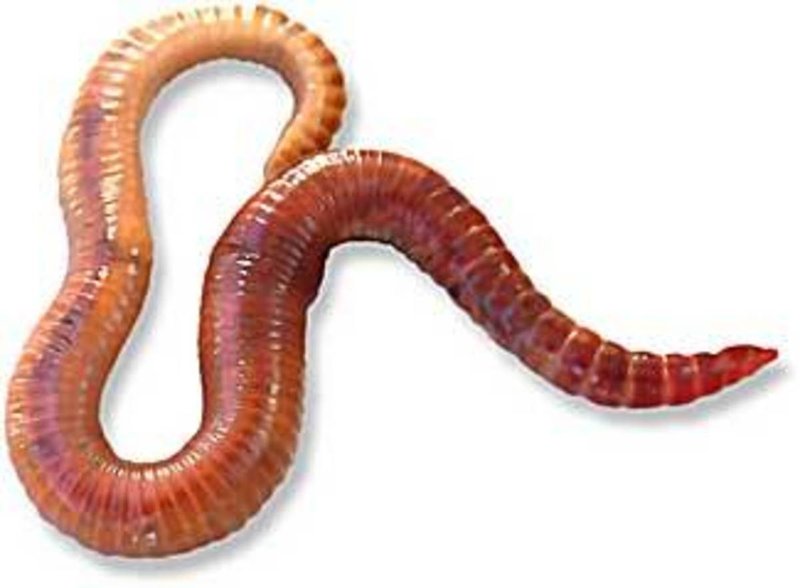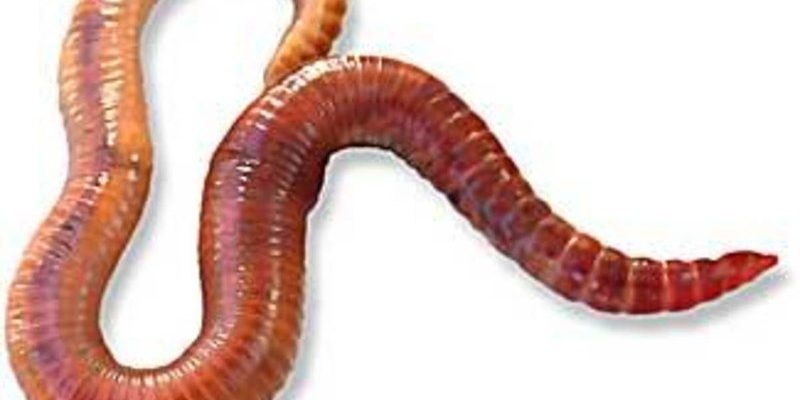
So, let’s grab a cup of coffee and dive into the world of Eisenia hortensis—a creature that plays a vital role in soil health and agriculture. Knowing how they reproduce isn’t just interesting; it’s quite important for farmers, gardeners, and anyone who enjoys nurturing plants. Understanding their reproductive process can help us appreciate these little workers underfoot and how they contribute to a healthier planet.
How Eisenia Hortensis Mates
Mating in Eisenia hortensis can be pretty unique. These worms are hermaphrodites, which means each worm has both male and female reproductive organs. This double feature makes the process much simpler because any two mature worms can mate with each other. Imagine it as an organic matchmaking service where everyone gets a chance!
When two nightcrawlers meet, they engage in a courtship dance. They align their bodies and exchange sperm. This process can last several hours, and it’s crucial for fertilization. After mating, the worms can store the sperm for a while, allowing them to fertilize their eggs at a later date. It’s a bit like having an emergency supply of seeds in your garden ready to be planted when the time is right.
The actual mating happens when they secrete a mucous sheath that helps them align and transfer sperm. It’s a lot more complicated than it sounds, but honestly, it’s nature’s way of ensuring the survival of the species. This method of reproduction cleverly increases genetic variation, which is essential for adapting to different environments over time.
Egg-Laying Process of Eisenia Hortensis
Once the mating is done, the next step in the Eisenia hortensis life cycle is egg-laying. After a few weeks, the mature worm will produce a special cocoon for its eggs. This cocoon is a protective capsule made from protein, which is secreted into a sticky substance that hardens over time. Think of it as a little safe house for the future generations.
Each cocoon can hold multiple eggs, typically ranging from 2 to 20, depending on various factors like the worm’s health and environmental conditions. The worms usually lay their eggs in a moist, nutrient-rich environment, enhancing the chances of the eggs developing properly. It’s like picking the best spot in your garden to plant seeds—location matters!
After the cocoon is laid, it takes about two to three weeks for the eggs to hatch. The little larvae that emerge are miniature versions of adult worms and start to grow and develop quickly. They are delicate and need protection from predators and changes in the environment, which makes the safety of the cocoon even more vital.
The Lifecycle of Eisenia Hortensis Larvae
Once the eggs hatch, the larvae begin their journey of growth. They generally remain in the cocoon for a short time, which offers them both nutrition and shelter. As they grow, they start to venture out into the soil. But here’s the thing: they don’t just dive in blindly. They are instinctively drawn to rich, nutrient-filled areas of soil, where they can thrive.
Young Eisenia hortensis larvae are bright-colored and much smaller than their adult counterparts. As they grow, they feed on organic matter, helping decompose material and aerate the soil. This process is crucial for maintaining healthy garden ecosystems. It’s like having tiny gardeners working nonstop!
As the larvae mature, they undergo several growth stages before reaching adulthood, taking anywhere from 8 to 10 weeks. During this time, they undergo a process known as *growth molting*, where they shed their skin to allow for their increasing size. The more they eat, the stronger they grow, and, surprisingly, they’re quite efficient at recycling nutrients back into the soil.
Factors Affecting Reproduction in Eisenia Hortensis
Just like any living creatures, Eisenia hortensis face several factors that can affect their reproduction and development. *Environmental conditions* play a massive role here. Temperature, moisture levels, and soil quality are all important. Ideally, they thrive in moderately moist and temperate environments.
For instance, if the soil is too dry, it can lead to decreased egg-laying and even harm the larvae. Worms typically prefer temperatures between 60°F and 70°F (15°C to 21°C). Extreme temperatures can lead to stress, making them less likely to mate or produce eggs.
Additionally, stressors like pollution and habitat destruction can also affect their health and reproductive success. It’s a good reminder that healthy ecosystems are critical for the survival of these tiny heroes. By protecting their habitats, we’re not just saving the worms; we’re nurturing the larger ecosystems that depend on them.
Importance of Eisenia Hortensis in Agriculture
Understanding the reproduction of Eisenia hortensis isn’t just a matter of scientific curiosity; it has real-world implications, especially in agriculture. These worms are renowned for their ability to improve soil fertility and structure, fundamentally enhancing crop production.
When they burrow through the soil, Eisenia hortensis aerate it, allowing water and nutrients to reach plant roots more effectively. Furthermore, by breaking down organic matter, they help create rich compost, which can support healthy plant growth. So, the better the population of these worms, the more productive our gardens and crops can be!
Additionally, their reproductive efficiency means that populations can rebound quickly, making them resilient in various environments. This adaptability is crucial for sustainable farming practices, especially as we face changing climates and agricultural challenges.
In diving into the world of Eisenia hortensis reproduction, we’ve uncovered how these little worms contribute significantly to our ecosystems. From their unique mating rituals to the careful process of laying eggs and nurturing larvae, each stage is a testament to nature’s intricate design.
As we continue to learn more about these organisms, it’s important to recognize their role in agriculture and the environment. By supporting their habitats and understanding their life cycle, we can all contribute to a healthier planet. Remember, every little worm plays a part, and with knowledge, we can help ensure they thrive for generations to come!

